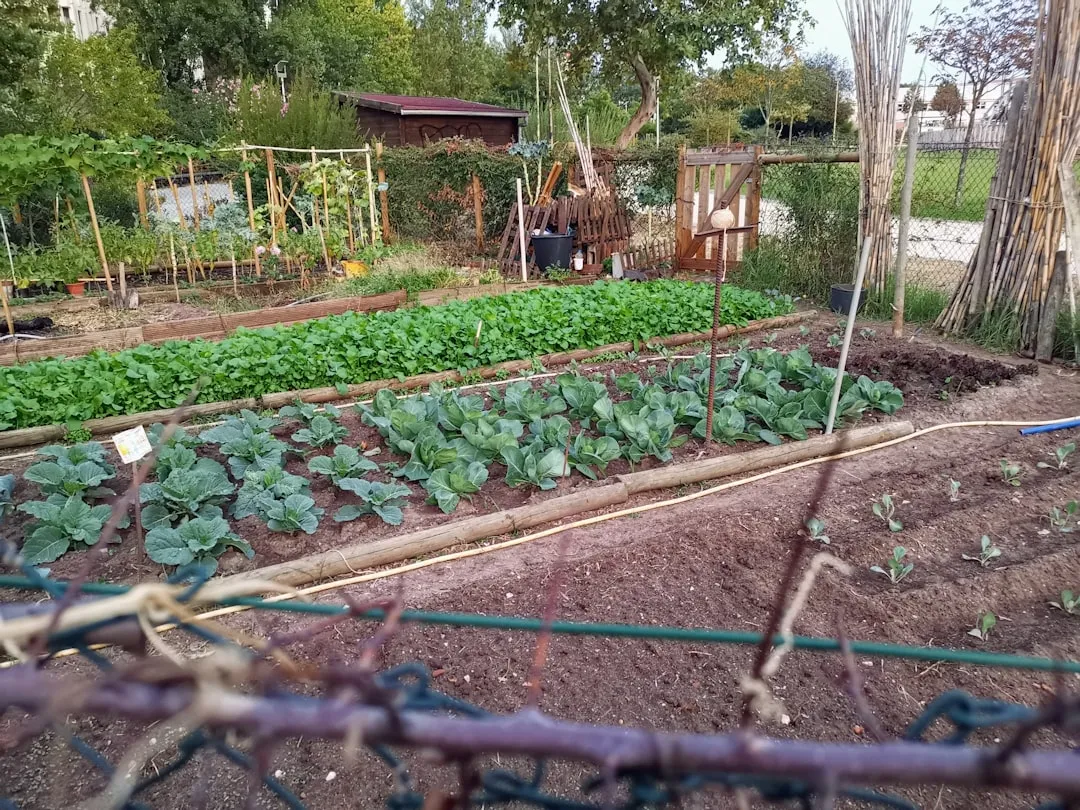Crafting a Stunning Border Garden for Landscape Harmony

Creating a vibrant border garden is an art that can transform your landscape into a visually appealing and harmonious space. A well - designed border garden not only adds color and texture but also provides a sense of completeness to your outdoor area. In this guide, we will explore the essential steps to create a border garden that complements your landscape.
### Understanding Your Landscape
Before you start planning your border garden, it's crucial to understand the existing landscape. Observe the amount of sunlight the area receives throughout the day. Some plants thrive in full sun, while others prefer partial or full shade. Also, take note of the soil type. Is it sandy, loamy, or clayey? Different plants have different soil requirements. For instance, roses prefer well - drained, loamy soil, while hostas can tolerate heavier clay soils.
Another aspect to consider is the overall style of your landscape. Is it a formal, structured garden, or a more natural, wild - looking one? Your border garden should blend in with the existing style. If you have a formal landscape, a border with neatly trimmed hedges and geometrically arranged plants would be appropriate. On the other hand, a natural landscape would benefit from a more free - flowing border with native plants and a more random arrangement.
### Selecting the Right Plants
Once you understand your landscape, it's time to select the right plants for your border garden. Choose a variety of plants that bloom at different times of the year to ensure year - round color. For example, in the spring, you can include tulips, daffodils, and forsythia. In the summer, consider planting petunias, marigolds, and daylilies. And for the fall, chrysanthemums and asters are great choices.
It's also important to mix different plant heights and textures. Tall plants like delphiniums or hollyhocks can provide a backdrop, while low - growing plants like thyme or sedum can be used as ground covers. Combining plants with different leaf shapes and colors, such as the broad leaves of hostas and the fine, feathery leaves of ferns, adds visual interest.
### Designing the Layout
The layout of your border garden is key to its visual appeal. Start by marking the border area with a garden hose or string. You can create a curved or straight border, depending on your landscape style. If you have a small space, a curved border can make the area appear larger.
When placing plants, group them in odd numbers. This creates a more natural and visually appealing look compared to even - numbered groupings. Also, consider the future growth of the plants. Leave enough space between them so that they don't overcrowd each other as they mature.
### Preparing the Soil
Proper soil preparation is essential for the health of your plants. Begin by removing any weeds, rocks, or debris from the border area. Then, loosen the soil to a depth of at least 12 inches. You can use a garden fork or tiller for this task. If your soil is poor, add organic matter such as compost or well - rotted manure. This will improve the soil structure, fertility, and drainage.
### Planting and Maintenance
After preparing the soil, it's time to plant your selected plants. Dig holes that are slightly larger than the root balls of the plants. Place the plants in the holes, backfill with soil, and gently firm the soil around the base of the plants. Water the newly planted garden thoroughly.
Maintenance is an ongoing process. Regularly water your plants, especially during dry periods. Mulching around the plants can help retain moisture and suppress weeds. Prune your plants as needed to maintain their shape and promote healthy growth. Deadhead spent flowers to encourage more blooms.
### Adding Decorative Elements
To enhance the visual appeal of your border garden, you can add decorative elements. A small garden statue, a birdbath, or a decorative fence can add a unique touch. You can also use colorful stones or gravel to create pathways or edging within the border.
In conclusion, creating a vibrant border garden requires careful planning, plant selection, and maintenance. By following these steps, you can create a border garden that not only complements your landscape but also provides a beautiful and inviting outdoor space for you to enjoy.